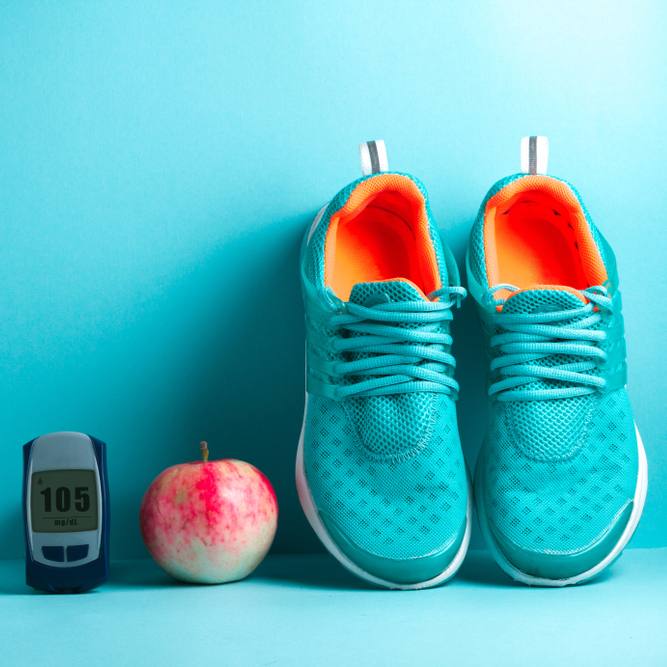-
TUESDAY Q & A: Persistent, Pervasive Symptoms of Depression During Wintertime Could be SAD
DEAR MAYO CLINIC:
I have been diagnosed with clinical depression. I am taking duloxetine (Cymbalta), which helps. But I always feel more blue and have a hard time finding the energy to do my normal activities when fall and winter come. My neurologist thinks I should see a therapist, but talking about depression makes me feel worse. Is there anything else I can do?
ANSWER:
Because your symptoms get worse as the seasons change, you could have seasonal affective disorder (SAD), a form of clinical depression. If so, several treatment options are available that may help. SAD is a type of depression that affects people during the fall and winter months. The lower levels of sunlight in the winter and fall may upset your sleep patterns and lead to feelings of depression. When combined, these factors may lead to SAD.
SAD is different from non-seasonal depression in several unique ways, particularly in its timing. SAD is more than just feeling blue as the days get shorter or having the doldrums during January. Instead, it involves persistent, pervasive symptoms of depression during wintertime.
Symptoms may include feeling sad or angry; irritability; lack of interest in activities you usually enjoy; difficulty concentrating; lack of energy; and, in some cases, feeling that life isn’t worth living or having suicidal thoughts.
People with SAD also usually feel the need to sleep considerably more than usual. That is not always the case with those who have depression that is not linked to seasonal changes. SAD generally causes people to want to eat more, too, and they often gain weight. Carbohydrate cravings are particularly common. Individuals with depression that is not seasonal typically do not have an increase in appetite and weight loss is more common. SAD symptoms may get worse as winter progresses. They typically fade as daylight increases during spring.
Antidepressant medications can help treat SAD. The antidepressant bupropion (Wellbutrin) is approved for the treatment of SAD. But in a situation like yours, where you are already taking an antidepressant, another treatment option is light box therapy.
For people with SAD, sitting in front of a light box is most helpful during the early morning hours because it simulates the sunrise. Typically people sit several feet from the illuminated box for about 30 minutes while they eat breakfast, read or watch television.
Some lifestyle changes may help, too. For example, get in the habit of going outside on sunny days. In the winter when snow is on the ground, clear days can be brilliantly bright. Exposure to that natural sunlight can help relieve SAD symptoms, as can regular exercise, healthy sleep habits and a balanced, healthy diet. For some people, talking with a therapist may be helpful for combating symptoms of both SAD and non-seasonal depression.
Treatment for SAD often is most effective if you start it before the days begin to grow shorter in the fall. In most cases, consistent light therapy and, when needed, antidepressant medication, can prevent symptoms of SAD during the winter months. Talk to your doctor to see if treatment for SAD may help you. — R. Robert Auger, M.D., Psychiatry and Psychology, Mayo Clinic, Rochester, Minn.
Related Articles







